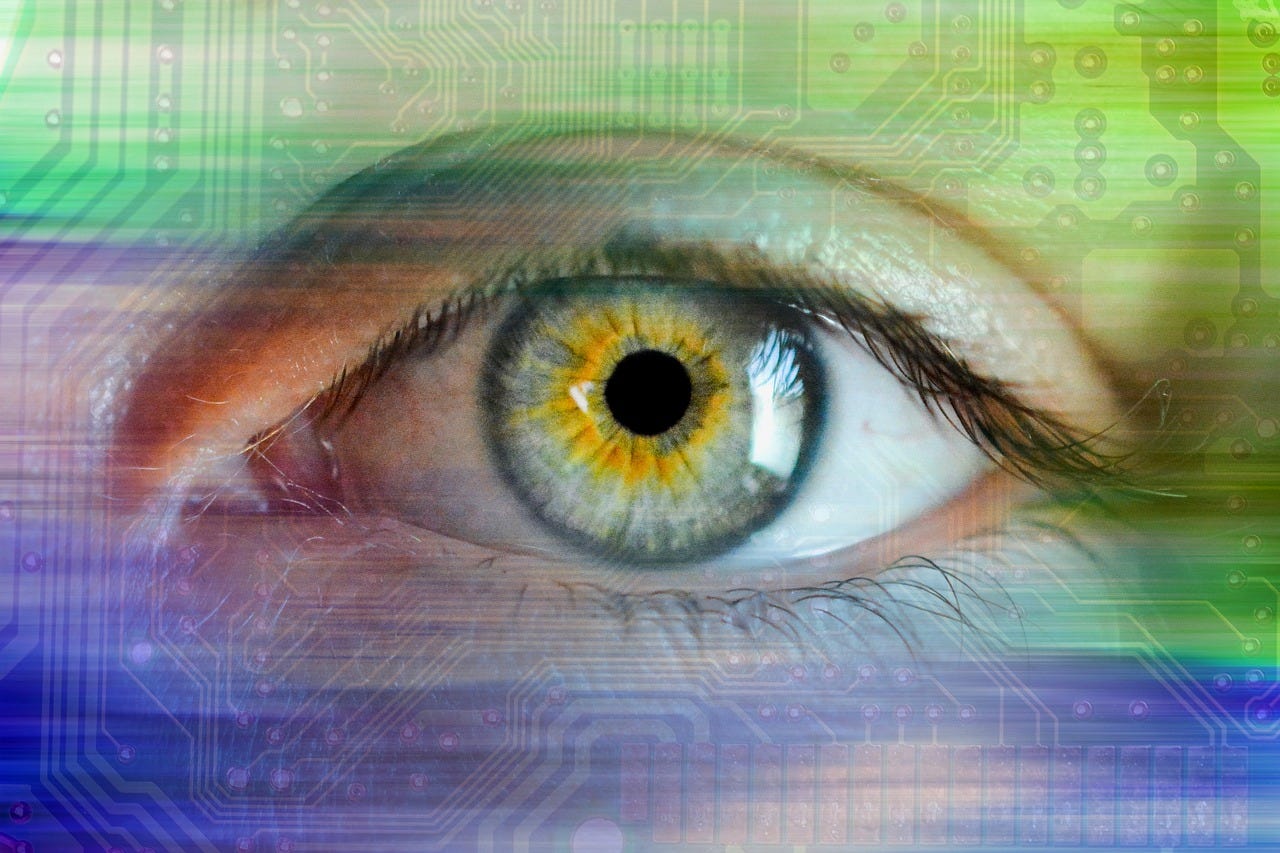































 Pixabay
Pixabay Artificial intelligence and privacy don't always work hand in hand. But when it comes to one sector, commercial driving, AI vision seems to be drastically reducing one of the most astounding examples of employee surveillance today.
Our top picks for commercial properties will help secure your workplace.
Read nowLiterally, someone is always watching: That's the state of affairs in the commercial driving sector, where many advanced camera-based safety systems like video telematics and ADAS (Advanced Driver Assistance Systems) live stream 24-hour views into the vehicle. The predictable result is that professional drivers often have an unwelcome sense that someone is always watching. Is it any wonder the sector is facing massive worker shortages?
"From a privacy perspective, recording everything a driver does and allowing drop-ins can leave drivers feeling spied-on at work," says Yoav Banin, Chief Product Officer at Nauto, which is utilizing assistance technology to reduce monitoring and put the power in the hands of the employee. "Drivers may then resist using the technology, not get the full safety benefits from it, or even look for a job elsewhere."
As with most employer-led surveillance, the intentions are mostly good. In 2020, 3,142 people were killed in the U.S. in motor vehicle collisions involving distracted drivers. That translates into more than 60 Americans dying every week. We also know that the pandemic is associated with a significant increase in roadway fatalities and unsafe driving behavior. By monitoring drivers (or making them aware that they can be monitored at any time), fleet operators are hoping to cut down those numbers.
But the solution is stomach-churning, and this is a story that goes way beyond tracking. Employer surveillance is a hot button issue, whether in the office, remote work, or on the road and often, it's enabled by technology. But can technologies also help overcome the need for invasive employer practices?
Also: The 5 best surveillance drones: Next-level inspection UAVs
AI vision, which is transforming automation sectors like robotics and autonomous and assistive driving, is one example of just that. With driver shortages and continuing supply chain woes, the idea is that a shift to a driver-centric approach that gives drivers accurate information with enough time to react allows them to improve their performance and avoid collisions on their own. It's also proving to be far more agreeable in terms of professional driver adoption and operational success. And it seems to be effective: these systems have the potential to prevent 62% of total traffic deaths and about 60% of total traffic injuries, according to the NSC.
"Stories about the driver shortage are all over the news right now, but the truth is, that shortage has been growing for years, and I don't anticipate it going away anytime soon," Banin tells me. "Drivers have a choice about where to work, and fleets need a way to attract and keep top-performing drivers. Fleets using a safety solution that respects driver privacy and that considers context are in a much better position to recruit and retain the best drivers than fleets recording drivers all the time or dropping in on them unannounced."
In a tight labor market, employees can increasingly leverage their options to reduce what they feel is undue monitoring. Nauto is an excellent example - the company is betting that empowering employees rather than spying on them is the real secret to safety, and it's seeing customer feedback to that effect. Nauto does that via AI technology, giving drivers accurate real-time alerts that rapidly reduce risky driving behavior and help prevent collisions.
"That helps fleets quickly improve safety," says Banin. "We have customers who have seen distracted driving drop 80% within weeks, with minimal management intervention. Customers see collision reductions of up to 80%, and many start seeing a positive return on investment within months."
That's a lesson that employers in several sectors should take to heart: Engaging and informing employees is not only more effective, it's likely necessary as competition for workers escalates.
 Hot Tags :
Artificial Intelligence
Innovation
Hot Tags :
Artificial Intelligence
Innovation